2016 Visiting Speakers
Here are a few of our guest speakers from Mathcamp 2016:
Week 1
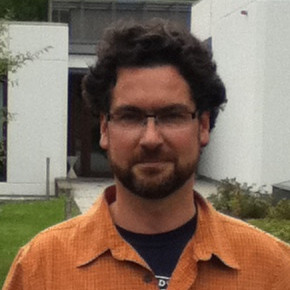
Clifton Cunningham (Calgary)
Clifton loves algebraic geometry, group representation theory and number theory, so he found a home in the Langlands program, mainly using perverse sheaves to study admissible representations of p-adic groups. Right now he’s also using Hilbert modular forms to manufacture interesting automorphic representations of spin groups. Once a Science Busker for Beakerhead, Clifton was the Calgary Director of the Pacific Institute for the Mathematical Science from 2008 to 2015, but he’s recovering nicely now.
Week 2
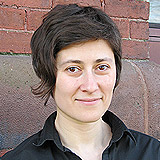
Moon Duchin (Tufts)
Moon Duchin works in geometric topology and geometric group theory. She particularly looks at the large-scale geometric structure of groups and unusual metric spaces. One recurring theme is taming the geometric infinite by either attaching a "boundary at infinity" to a space you want to study, or else approaching it dynamically by understanding what happens after you flow or jump around in your space for a really long time. She's also actively interested in history, philosophy, and cultural studies of science. Visit Moon's website.
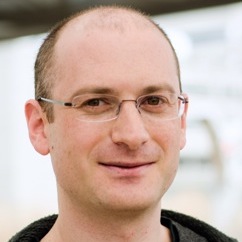
Sam Payne (Yale)
Sam Payne studies algebraic varieties with techniques from nonarchimedean geometry. He has nothing against archimedean geometry (not really, anyway), and holds a deep and enduring admiration for Archimedes, who single handedly defended the city of Syracuse against Marcellus and the forces of the Roman Empire. For a while. That ended badly, but the point is that Archimedes discovered the laws of hydrostatics and the principle of the lever, invented devices like The Claw and The Screw and The Spiral and The Method. The last of which is more a mathematical technique than a device -- it's basically the Fundamental Theorem of Calculus, but 2000 years before Newton and Leibniz. And he used it to compute the volume of the sphere(!). And then he wrapped it in bacon and shot it into space. What this is all leading up to is that nonarchimedean geometry, although not discovered by Archimedes, really owes its (co)identity to this great man, and if he were here at Mathcamp, he would get along with Sam just fine, and they would take a little while to talk about what's been happening in math for the last 2300 years, and then they would prove something awesome about algebraic curves and surfaces using p-adic analysis. Visit Sam's website.
Week 3
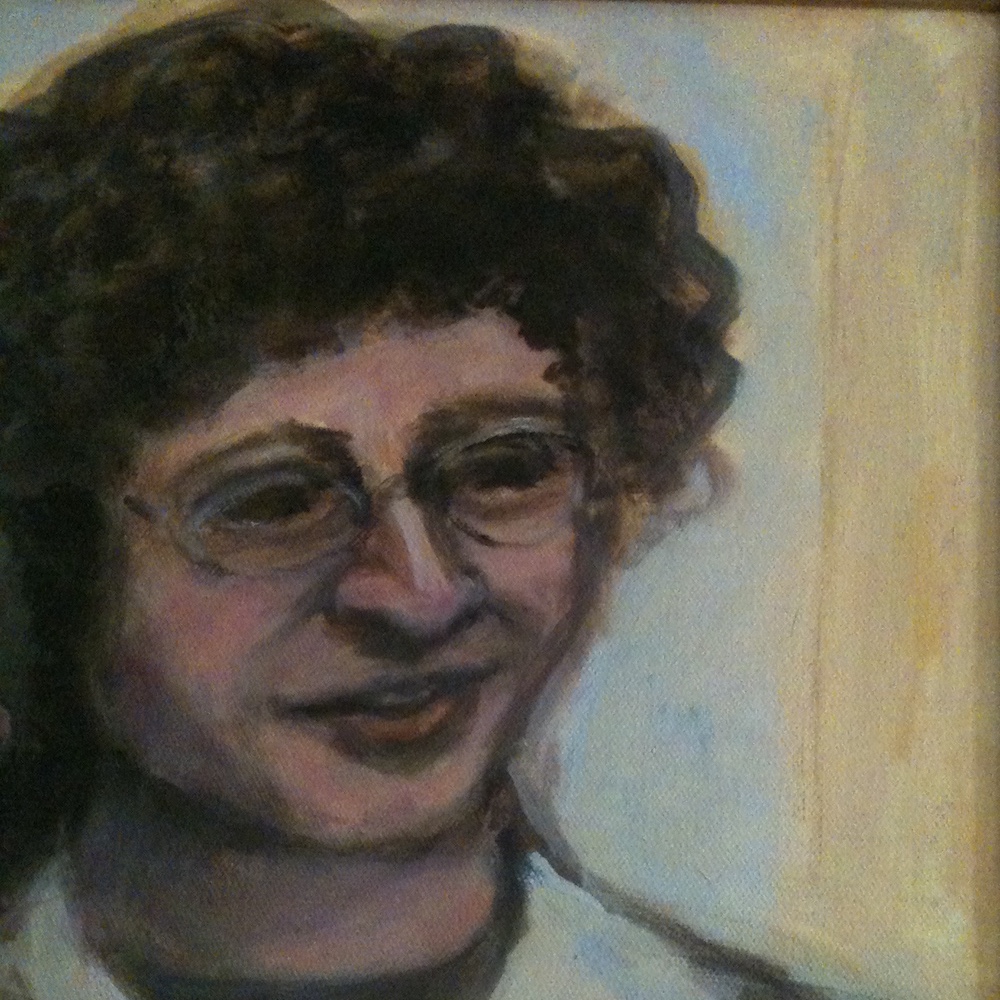
Jonathan Tannenhauser (Wellesley)
Jonathan Tannenhauser teaches math at Wellesley College. In the past he has worked in theoretical physics, finance, and the genomics of birdsong, and more recently he has become interested in the history of mathematics. This is his sixth visit to Mathcamp.
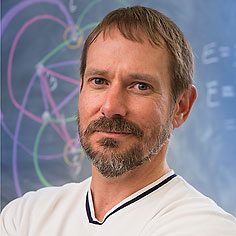
John Mackey (Carnegie Mellon)
John Mackey struggled in high school and attended Kent State University, which was required to take all graduates of Ohio public schools. He was delighted to find interesting people and wonderful teachers at Kent State, who inspired him to learn and grow. Upon graduation he went to the University of Hawaii to learn more about Polynesian and Asian culture, as well as to learn how to surf and to develop a deeper understanding of math.
After completing his Ph.D., he became a John Wesley Young Research Instructor at Dartmouth College, where he taught from 1996-2000. He moved on to be a Preceptor of math at Harvard from 2000-2003. Needing bigger challenges and cheaper real estate, he moved to Pittsburgh, PA, to direct undergraduate studies in mathematics at Carnegie Mellon University.
He won the William H. and Francis S. Ryan Award for Meritorious Teaching in 2013 and was a Co-PI on the DEBT-M Project, which is devoted to closing the opportunity gap for marginalized secondary mathematics students in Pittsburgh.
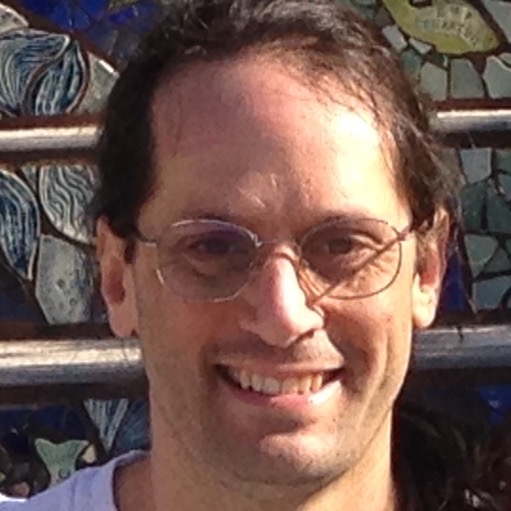
Joshua Zucker (Freelance math educator)
Joshua discovered his love of number theory at the Ross Program. He has become a freelance math teacher. He was the founding director of the Julia Robinson Mathematics Festivals, has directed the Bay Area Math Olympiad, helped run the first Math Teachers' Circle, and has taught many classes for Art of Problem Solving. He is also a regular participant in the US Puzzle Championship and was a member of the US Sudoku Team at the World Sudoku Championships in Croatia.
Week 4
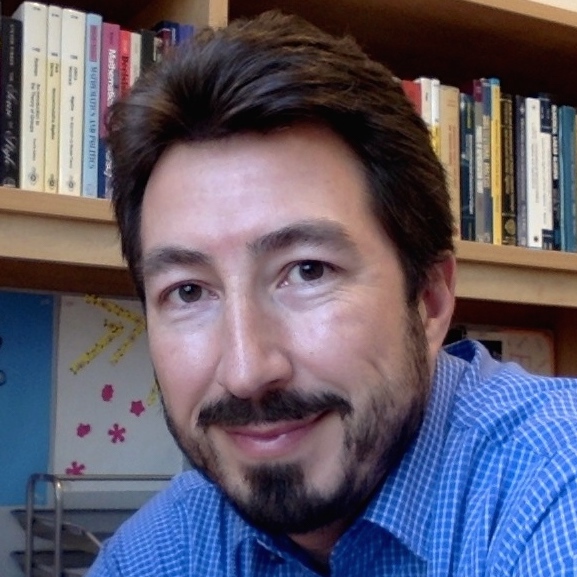
Michael Orrison (Harvey Mudd)
Michael wanted to be a fighter pilot until the tenth grade. He then switched to mathematics and he hasn't looked back since. (Okay, he looks back every now and then, but just for fun.) His teaching interests include linear algebra, abstract algebra, discrete mathematics, and representation theory. His research interests include voting theory and harmonic analysis on finite groups. He particularly enjoys finding, exploring, and describing novel applications of the representation theory of finite groups with the help of his talented and energetic research students.
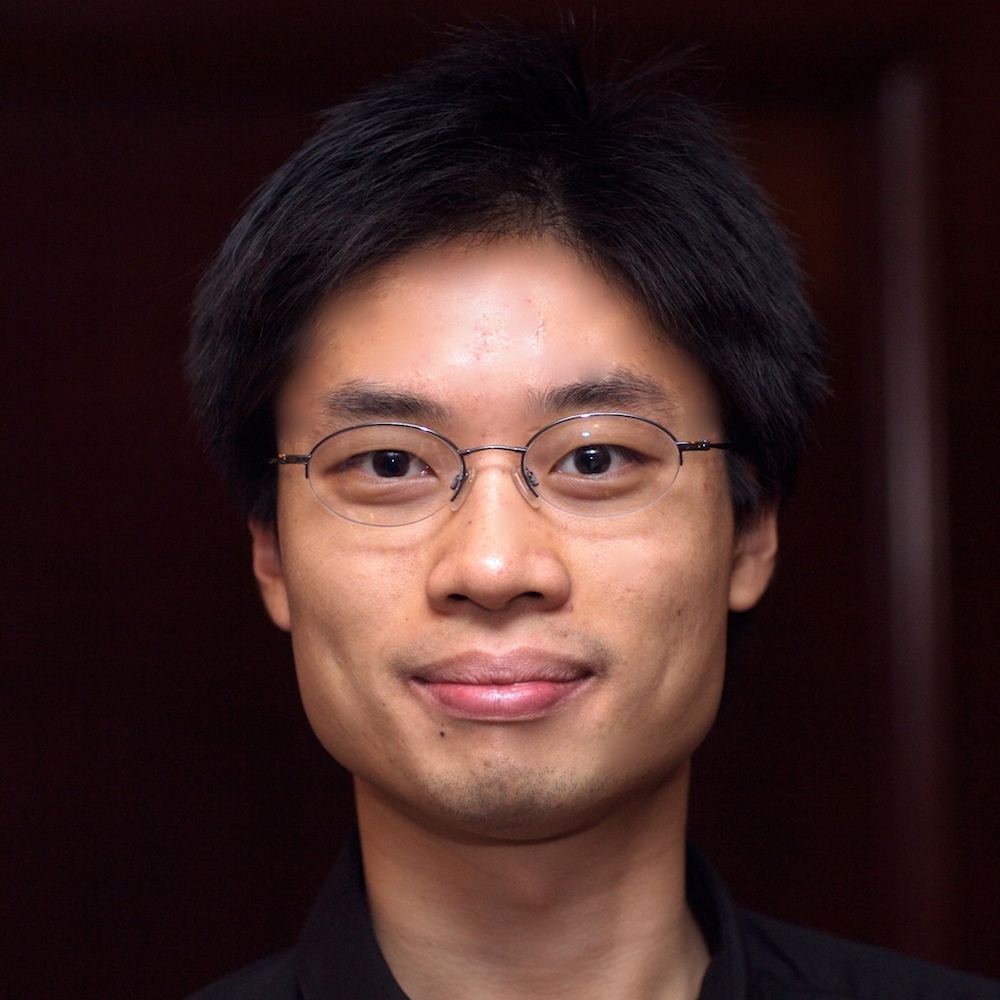
Po-Shen Loh (Carnegie Mellon)
Po-Shen Loh studies questions that lie at the intersection of two branches of mathematics: combinatorics (the study of of discrete systems) and probability theory. Randomness can manifest itself in the construction of a combinatorial system, as in the case of a so-called "random graph", but may also be artificially introduced as a proof technique to solve problems about purely deterministic systems, as was pioneered by Paul Erdos in what is now known as the Probabilistic Method. He is also passionate about developing mathematical talent at all levels, from coaching the USA International Math Olympiad team, to speaking at math enthusiast gatherings around the world, to crowd-sourcing interactive math/science lessons by all, for all, at expii.com. Visit Po-Shen's website.





